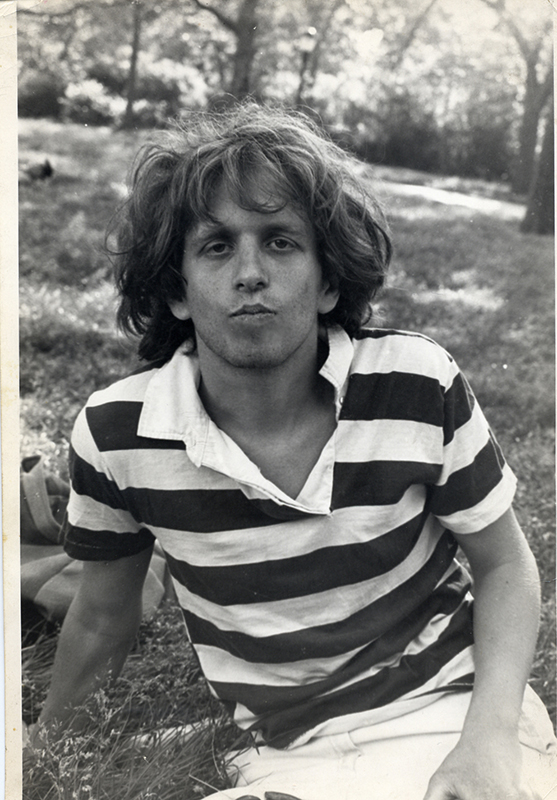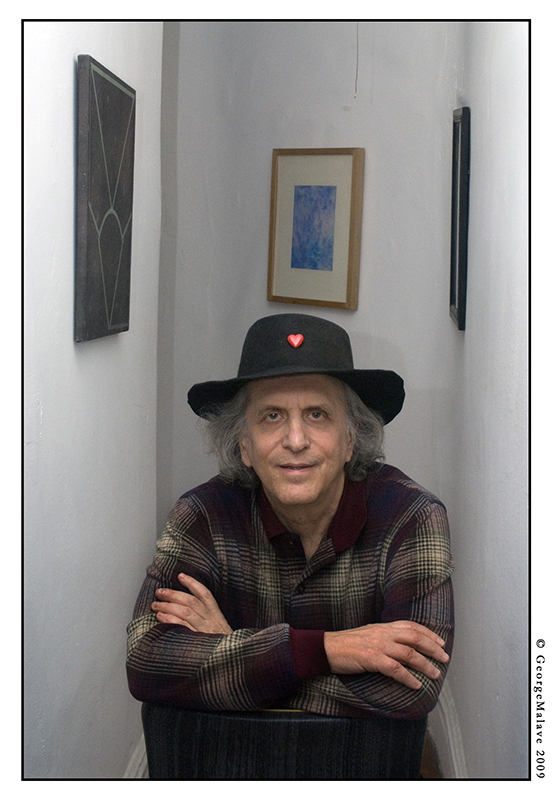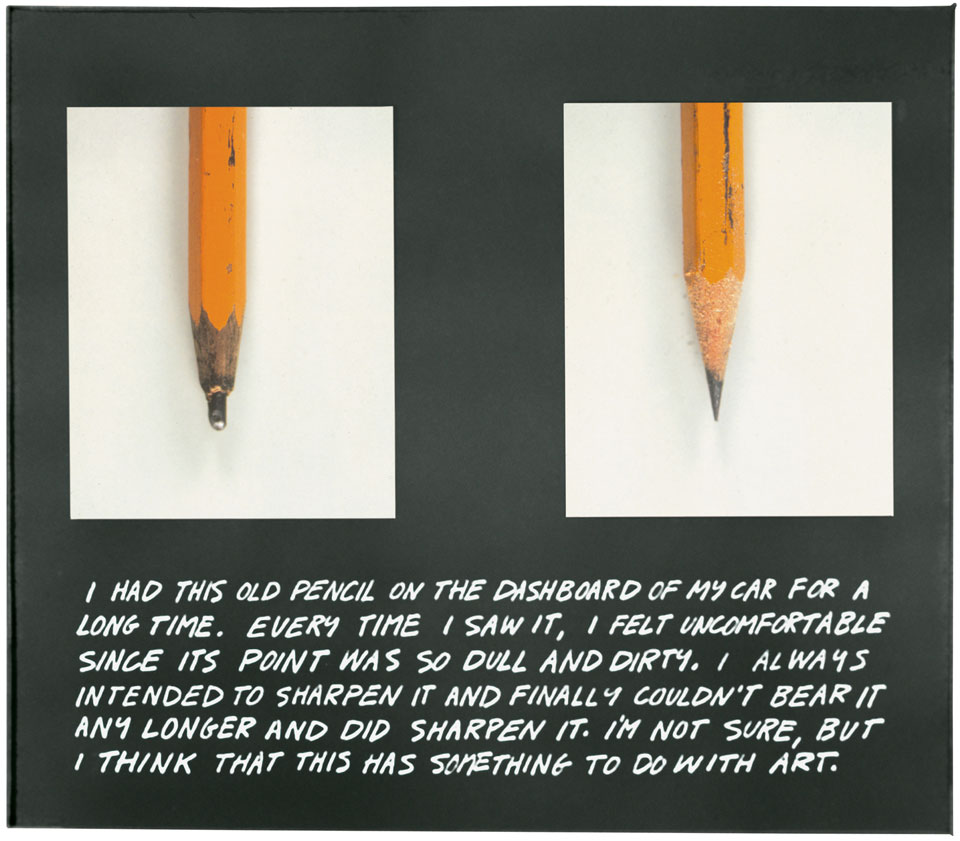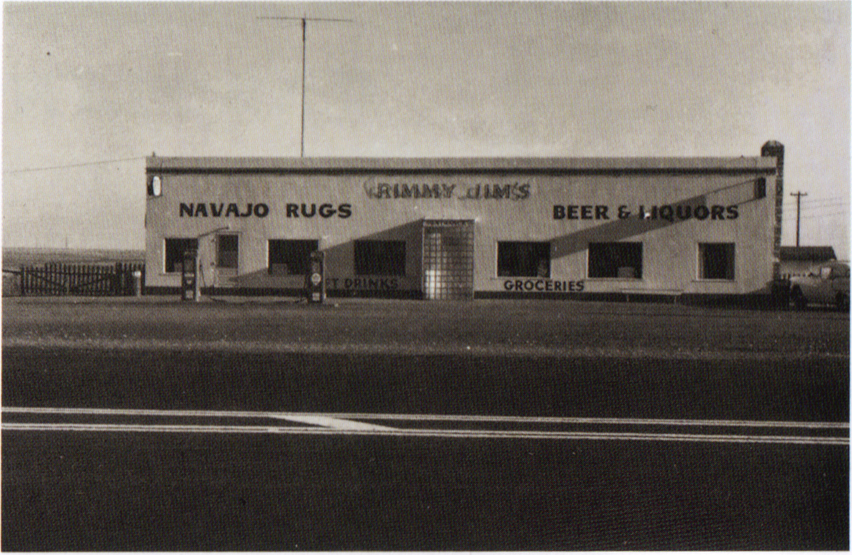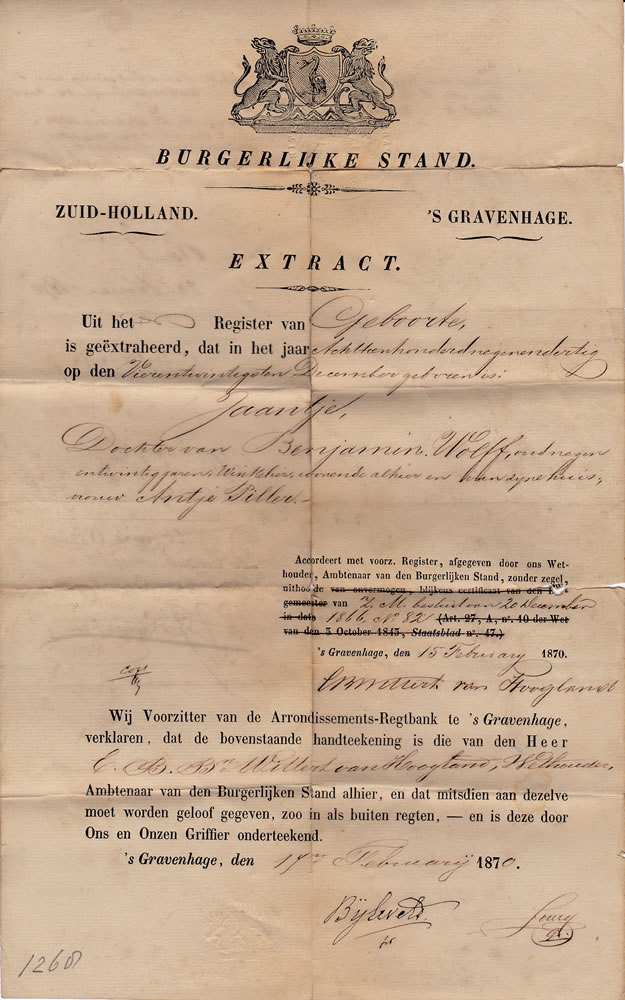
1
The brown certificate with its notices and crossings-out
its crisp fonts and faded signatures
Dutch, not French ‒ we knew this ‒
words waiting for translation
safely folded inside a striped, brown
card store bag ‒ brittle with age
guarding history
The brown paper did not certify a birth
but rather authenticated the certificate of a birth
prepared for immigration
carrying signatures of the Consul General for Aliens
signatures of other civil servants based in Paris
guaranteeing other signatures
(This we knew. This we surmised.)
2
“This Dutch girl, Jeanne Wolf, had brothers in Paris,
but were looked very much down on,
as being cheap tradesmen”
penciled words in 1942
written on yellowed backs
of Uniform Standard New England Forms No. 648
Smoke Endorsement No. 1
Stipulations, Limitations, and Conditions Applicable to Smoke (10-38)
footstep to a future we didn’t know
3
Late-19th and early-20th-century vernacular architecture also occurs along Clinton Avenue east of
Piermont Avenue. Two to two-and-a-half-story three-bay by two-bay residences with front porches are located at 40, 44 and 50 Clinton Avenue. These residences provide a rich visual counterpoint to more high-style architecture along the road east of Piermont Avenue. . . . ‒Allison S. Rachleff
We lived at number 50 ‒ not rich, not poor
It’s the 1950s and the family
secure in its colonial Protestant identity
linked to Presidents
(though not all are the good ones)
lives on a street of mixed ethnicity
where children play baseball in the street
and all the parents rush out of their houses
to break up the fights
and the children do not date
once the baseball games conclude
but rather
seek their own kind
at separate lunchroom tables
and the father comes home from the ecumenical
breakfast at the synagogue and says
“I had the most curious roll this morning
It’s called a bagel and it was tasty.”
4
Jeanne Wolf safe in America died of consumption
in 1883 at 44 in New Bedford, Massachusetts
her husband died at 45 in 1889 in Philadelphia
their two sons also dead before their 40th birthdays
one dying mysteriously in New Orleans,
the other of consumption in Oran, Algeria.
(This we knew. This we surmised.)
5
A nephew long lost to us was found
in Colorado with DNA. He wrote,
“I am curious about what appears
to be our Sephardic Jewish roots.
Was Grandpa’s mother Jewish?”
armed with dictionary
devoid of idiom or grace
the birth certificate gave up its dates
its names
its towns
and occupations
From the Register of Births
is extracted that in the year 1839
on the twenty-fourth of December was born
Jeanne
Daughter to Benjamin Wolff, 29 years old
shopkeeper resident here [Zuid-Holland, Gravenhage]
with his housewife, Antje Pillar”
and a cousin we’d never met
from Brooklyn and Massachusetts
found our Dutch family group
All living in 1942
all dead in Poland by 1944
(Our Mayflower descendant’s note
“cheap tradesmen” ‒ code for Jew)
Betje Piller, an aunt, age 86
Alice Blitz, her grandchild and our cousin, age 20
an entire family line erased
Sobibor, Auschwitz
Relatives we did not know
captured, killed
in a family where ‒
safe across the ocean ‒
my memory of World War 2
was falling down a wooden staircase
bouncing on the landing
turning, sprawling
howling in the dark
of an air raid drill at night
Uncles sent off to war returned
(a cousin did not ‒ a rare
long-distance phone call
sticks in my mind ‒ distress)
brown paper
crisply folded into a striped brown bag that held
the birth certificates and a promissory note
left for us to preserve our past
footstep to the future
leading to the day
when “they”
became “us”
Martha Deed October 12, 2016
References:
Allison S. Rachleff. South Nyack [New York] Historic District. October 2005, Revised 2011.
